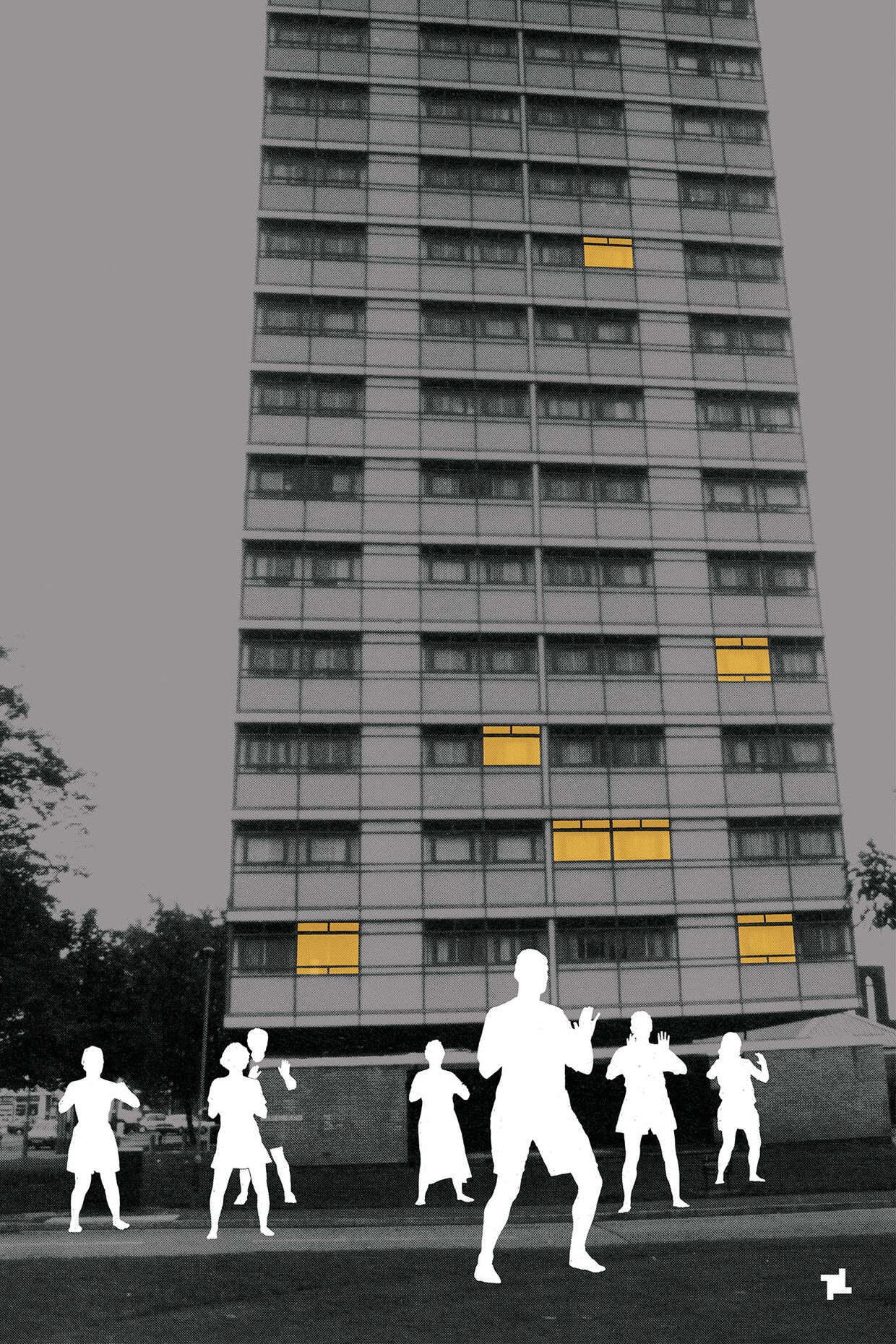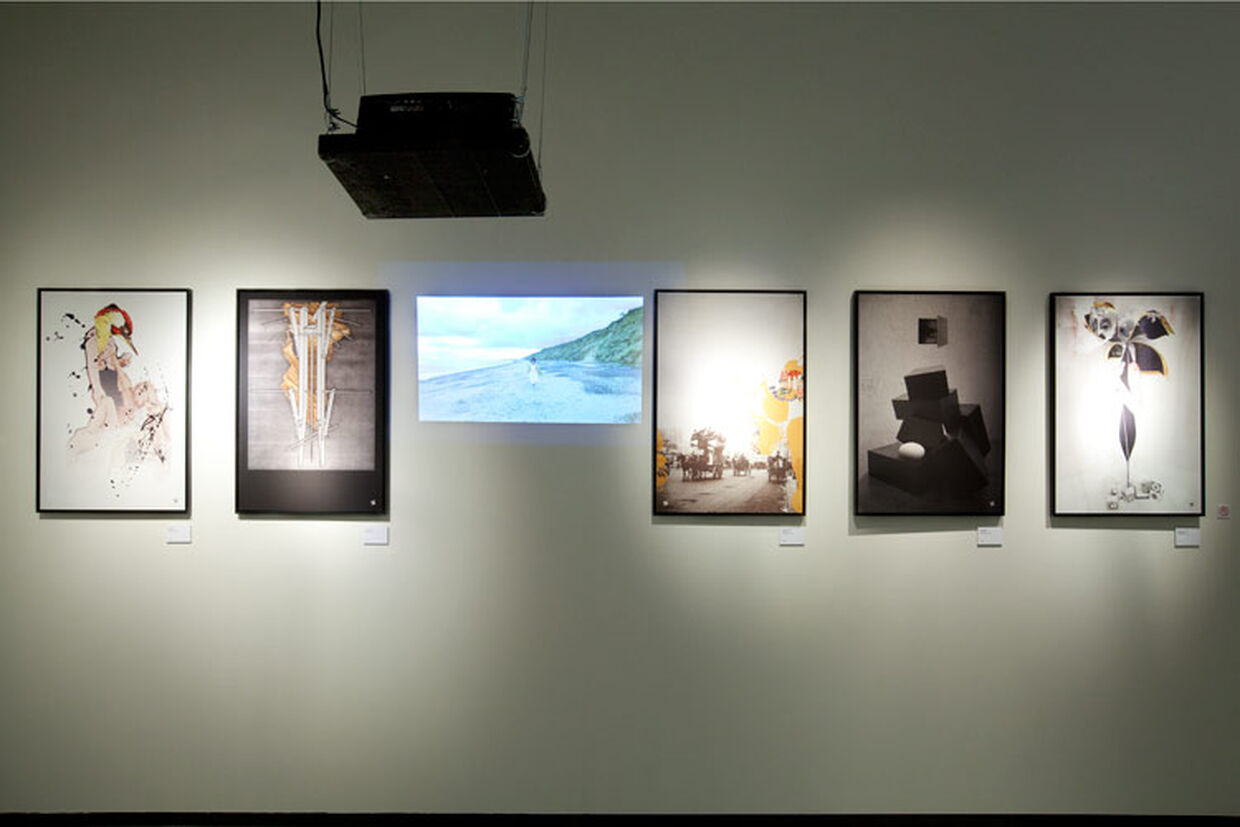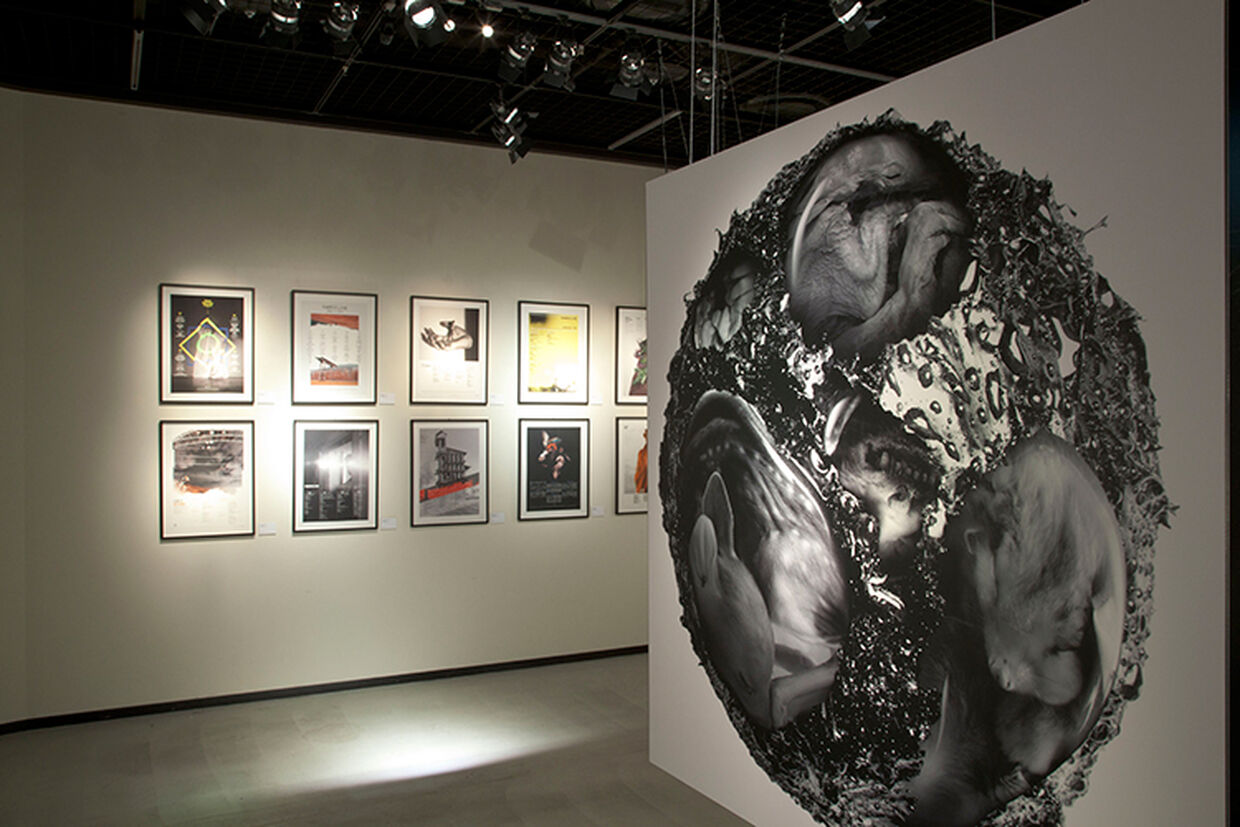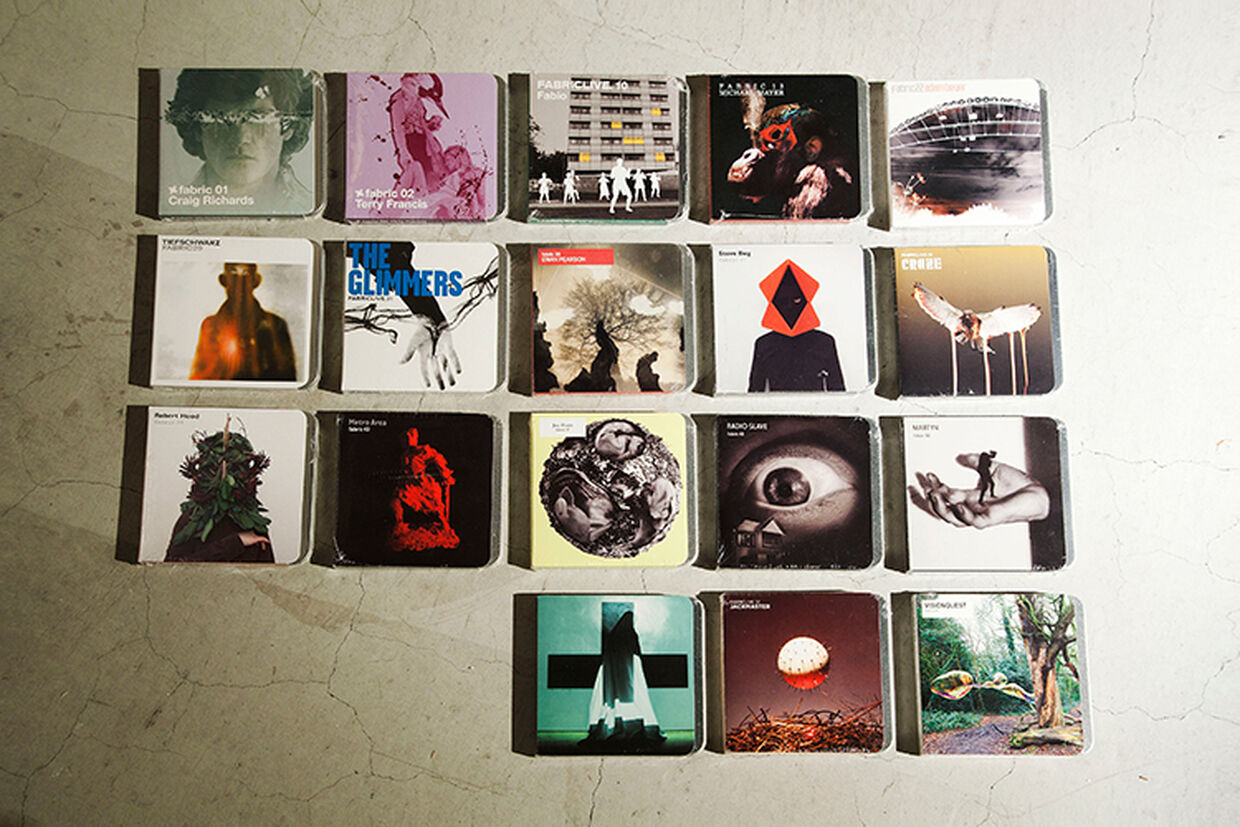--Could you tell us about yourself?
I was born, and have lived in London all my life. I have two daughters and a generally wonderful life because I get to indulge most of my passions in the course of my work. My most enjoyable moments are spent reading or listening to music wherever it is on. I am generally quite shy and introverted. I lack confidence, self esteem, and probably a great deal of common sense. I cant think what else I could tell you really, but I can promise you that it would almost certainly be less interesting than that which I have already dared to divulge. Oh yes I forgot to mention it. I am very interested in politics and I hate every successive, lying, thieving, murdering government that has ever ruled England. That last sentence was quite tiring.
--What was your purpose and motivation to establish Fabric?
It was simply to create a space where we could play the music that we loved and believed in. It was very difficult for promoters to find a good venue or club in the early and mid nineties. Most London clubs were only interested in playing nasty styles of house music because it attracted people that spent a lot more at their bars. Unfortunately their taste in music wasn’t nearly as developed as their taste for alcohol. They were in some sense, dictating what was being played in clubs, and they weren’t particularly interested in what it was. The desire to have our own space and our own sound system became overwhelming.
--Fabric has been most influence and one of the best clubs for 13 years. To get attention from young generation, do you have any specific secret of success or any mottos?
There are no secrets at all. It is simply the music we play, and we don’t have any magic formula for that either. We just book the artists that we love and hope that there are others like us that want to listen to them. That has always been a defining element of fabric. It has always been, and will always be, a reflection of our musical taste. Luckily we have an insatiable appetite for music, so it keeps everything moving forward and fresh. There are of course some other essential factors such as a good sound system and a good operational team, but if anyone was considering opening a venue, I am sure they would be aware of this. It really is that simple. Get a great sound system and play the music you believe in.
--Why do you put so much effort to make visual presentation?
Like most things at fabric, the answer is usually quite simple. We just love art. It’s as simple as that. Producing so much promotional material gives us a great opportunity indulge our creative passions. It is a joyful and fulfilling thing to be able to create something you believe to be beautiful and share it with others. Art is the most powerful conduit between civilisations and the humanity that should exist within them. When you see something of beauty or wonder it changes you, even if only for a moment. You might feel better inside; you might even be inspired to do something magnanimous or kind. It is also a very convenient form of communication, and far more effective than words. We use it as a visual language to define the nature or character of the club. The use of strange imagery is a more gracious method to convey the differences or shared values and preferences that fabric represents.
--Could you tell us about US BY FABRIC?
The collection is a selection of from the catalogue of works that have been produced by fabric in the last 13 years. We titled the exhibition “Us” because we felt that in many ways it reflected the group of people (us) that have all been involved in the creation of these works. We have been asked many times before to create this exhibition but it is such an expensive and exhausting task that we were never quite able to do it. We were made a wonderful offer by Diesel to present the exhibition in their gallery and after meeting with them it felt like the perfect time to do it. I admire Diesel immensely for their commitment to support art and music, so having them involved was a key factor in our decision. I could see the same passion in their team that I see in our and it suddenly all seemed achievable. I would like to thank Diesel sincerely for this opportunity; they are so much more than just a fashion retailer.
--How do you make visual works?
Every piece is different, and usually the culmination of several processes. These may include Painting or sketching, Photography, Model making, or Sculpture. There are some that are purist graphic design. There is always a team of at least three people working constantly on producing art for the clubs use. This can some times grow to 7 or 8 on more complex projects. Everything is done in house and in a primarily experimental manner.
--What is your favourite work at the show?
This is in many ways, a collection of my favourites, but if I had to pick one it would be the one with a lady sitting in an armchair with a man standing next to her with the head of a woodpecker (bird). It is rich, dark and alarming. I have this one at home and people are drawn to it immediately. Some are almost scared by it, but that’s ok. It is still very beautiful to me, and that is all that ever counts. If you look at any painting and you love it, it is a masterpiece. It doesn’t matter what anyone else thinks about it at all.
--Who are artists you admire?
Being an ultra minimalist, Mark Rothko has been one of the most enduring recipients of my admiration. There is a Rothko room in the Tate Modern, which is very close to where I live. I spend a lot of time in there. It is the most serene and tranquil place available to me on this planet. Another artist that I admire Greatly is not quite so well known, but altogether splendidly Japanese. His name is Hiraki Sawa and he creates works of pure majesty and wonder. I am often asked about a favourite painting. I don’t know if I have one, but I have never forgotten the moment I saw Three Flags (Jasper Johns). For this piece to penetrate my general dislike for symbols of Americana as it has, there must be something special about it. I have recently acquired a piece by Richie Culver, which I am extremely fond of.
--What is your source of inspiration?
Just my eyes and my ears. These are the instruments that translate all the beautiful things that I find, see, or hear. I don’t have any heroes, mentors or anything like that. What we collectively do at fabric, is filter the art that we devour, select elements we love and reconstruct them into a show or promotion. All of the inspiration comes from these wonderful little things that we find along the way, and all that we do as promoters, is to tell as many people as we can to come and see it, and how beautiful it is. As I stated in earlier questions, what we do is all so very very simple.
--You are also DJ and have tons of records, what kind of music and artists do you like?
This is a list that could go on forever, and tortures me endlessly when the question is asked. So I will just mention a few. DJ’s; Craig Richards, Ricardo Villalobos, Eddie Richards, Richie Hawtin and Terry Francis and LTJ Bukhem. Performing artists; David Bowie. Ryuichi Sakamoto, The Raincoats (possibly my favourite band ever), Lou Reed, Sam Cook, Karen Dalton, Eno, David Byrne, Mad Professor, Cocorosie. There are so many that I would like to name, but space will not allow. I listen to many styles of music other than electronic or dance music. I love Dub, Jazz, Blues, and a lot of folk music.
--Are there any young artists you like to introduce in Japan?
Yes there are, but it very difficult to name individuals because we hope to present some more shows in Tokyo and we haven’t made our final selections yet. Every artist I speak to becomes so excited by the prospect of Japan. There is so much respect, wonder, and intrigue for Japanese culture in English minds. Japanese artists are able to produce things that we simply can’t. So if I am completely honest, I am more interested in what we can learn from Japan and the amalgamation of these influences.
--What do you think of recent London music and culture?
It is one of the best in the world. There are many great cities with incredible musical heritage and contemporary output. Detroit, Berlin, Chicago. But there are few that have so much going on all the time and few that keep producing new artistic trajectories. London is utterly relentless in this sense. There is always so much underground activity that replenishes and stimulates existing and developing formats or genres. This is because Londoners love their music and their art. There has to be a market to consume it or the production would dry up. There is constant conveyor belt of new art shows, and again, a lot of really cool underground events. People are presenting exhibitions in Garages, disused Railway arches, and car parks. A lot of it is kind of guerrilla pop style but it is mostly amazing, and it is non-stop. There aren’t many cities in the world that are truly 24-hour art towns but London Definitely is.
--How about Tokyo one?
I do not know a great deal about it because I have only enjoyed the extreme pleasure of two short trips, which were mostly taken up with work, but what I have seen was fantastic and I loved it. We did a party at Womb after the exhibition and it was a really special occasion for us. The team at Womb, and everyone that came to the party were amazing. It felt like being at home, except the people were more friendly, courteous, and good fun. I was in love with Japan for many many years before I finally got there, and from the moment I arrived, every thought, dream and piece of information that this love was based on came in to focus. I love London, but Tokyo is something else. I have never experienced anything like it anywhere in the world, and I am tortured by the knowledge that I know and understand so little of it.
--Could you tell us about your projects in near future?
We are working on two new projects. One is a new festival concept, but this is still in the early stages of development, and the other is a project to create 20 art laboratories in different cities across the world and link them all to a central production and resource hub. The objective is to create a global art community that can share ideas and resources more easily.
--Do you have any projects that you would like to do in Japan?
Yes. I want both of the projects mentioned above to appear in Japan, and I would like to do another art exhibition, which will be a showcase of young underground British artists.
--Message to people who are going to see your exhibition?
I would like to thank everyone that has taken the time to visit the exhibition. I can’t begin to tell how much it means to us that people see and hopefully enjoy the things that we create. We put so much time in to the production of those pieces and every part of the process was agonised over, from selecting different papers, and printing processes and experimenting with different mediums. This exhibition will never be repeated, and it was one of the most enjoyable projects that I have ever worked on. So I sincerely hope that anyone that goes along enjoys it, and again, a very big thank you to those that already have. Lastly I would like to thank you humbly for the time that I have enjoyed in your city, and the incredible reception that I have received from almost everyone I met.




















